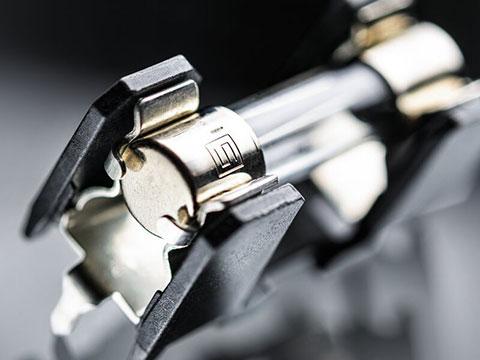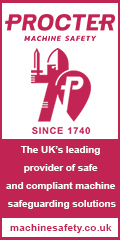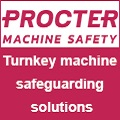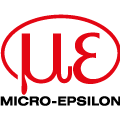
Posted to News on 18th Jan 2023, 12:00
THR – through hole technology for the reflow oven

Schurter’s OGN fuse holder includes versions suitable for Through Hole Reflow soldering, providing increased efficiencies and reducing the risk of incorrect product placement by eliminating the need for a second soldering process.
Electrical and electronic components come in a wide variety of sizes and mounting technologies. The classic is the through hole technology (THT), its modern counterpart is the surface-mounting technology (SMT). Unfortunately, these two technologies, which are combined in almost every electronic device, require different soldering methods. A dilemma? Yes and no.
At the beginning of the 20th century, there were no printed circuit boards. All components available at that time were wired freely by hand. It was not until around 1920 that the first prototypes were created: stamped conductor tracks riveted to hard paper and held together with sheet metal springs. In 1943, Viennese engineer Paul Eisler was granted a patent for a printed circuit board.
It was not until the early 1950s that the printed circuit board slowly gained acceptance. Near Düsseldorf, the through hole technology was born in the Ruwel-Werke. The connecting wires of the components were inserted through drilled holes in the printed circuit board, which were provided with copper conductor tracks on their underside. This approach simplified production and at the same time reduced the error rate during wiring. Today, this is called THT: through hole technology.
Surface-mounting technology (SMT) is not that much younger, even though it is used for almost all modern electronic products. Its beginnings can be found in the 1960s, developed by IBM for the computers of the Saturn and Apollo missions. The reasons given for this development at the time were the cramped space conditions in the spaceships and a reduction in circuit impedance to increase switching frequencies.
SMT and THT both have a fixed place in the production of every electronic manufacturing service (EMS) company today, although increasing customer demand for mobile electronic devices is shifting the focus more and more to surface mount technology. Usually SMT components are much smaller and thus allow more compact end devices. Smartphones are the best example of this. Without SMT, they would be unthinkable in their current form.
In contrast to through-hole mounting, SMT components are ‘glued’ directly onto the copper-clad surface of the board and then soldered in a reflow oven. Often, an SMT PCB even allows assembly on both sides, which doubles the possible, fully automated assembly density.
Hybrids as a consequence
However, not every component can be reduced in size at will. Stationary electronic devices almost always have a built-in power supply. Traditionally, this consists of a transformer, capacitors, resistors and a rectifier. However, even the switching power supplies used very frequently today cannot be ‘shrunk’ to miniature dimensions, depending on the power required.
Power needs space. If, for example, the power supply also has to be placed on the SMT circuit board, then it quickly becomes a tight squeeze for a transformer. Or let’s consider the question of fuse protection: if a fuse blows in the event of an overcurrent, then it would be extremely useful if this fuse could be replaced without great effort. This need gave rise to hybrids: SMT circuit boards that contain additional drill holes for THT components.
The use of two technologies has consequences in the soldering process. For the EMS provider, it means that each board must undergo two soldering processes. One for the surface-mounted components (reflow method) and a second for the components in through-hole assembly (wave soldering). It goes without saying that two soldering processes are associated with significantly higher costs and a longer production time. In addition, two soldering systems must be available.
But there are other disadvantages as well. If a hybrid PCB has to go through two soldering processes, many components are heated twice to temperatures well above 200°C. This is not beneficial to them. High temperatures will shorten the lifetime of any electronic component. Further, it is usually the case that the THT components are inserted after the reflow soldering process for SMT. Manual placement of the components for the second soldering cycle in the wave bath involves a massively increased risk of incorrect placement.
To avoid these problems, there are several approaches. The simplest is to prevent them from occurring altogether. In other words, use only SMT or only THT components. Then a single soldering process is always sufficient. However, this is often not possible in practice due to the technical properties that the end product to be soldered should have.
An alternative is ‘Through Hole Reflow’ (THR). In fact, THRs are components with through hole technology. However, these THR components are specially designed for automated assembly and high thermal stress in the reflow oven. During the assembly process, a paste is first printed in the vias for the THT pins, and then the component is pushed through the solder paste. As the paste melts in the reflow oven, the liquid solder retracts into the vias due to wetting and capillary forces, forming a clean solder joint. Two technologies, one soldering process. Highly efficient.
With this in mind, we should once again take a look at the circuit protection of a fully automatically assembled PCB. It would be highly advantageous to install a fuse holder on the SMT board, which can also be soldered right away in the reflow process. Such fuse holders exist. The glow wire resistant, Schurter’s OGN open fuse holder is a classic. It is designed for 5x20 fuses of various rated currents and tripping characteristics. If desired, it can also be easily converted into a closed fuse holder by means of a cover.
Three versions are now available: classic THT, SMT and now also THR, which is fully compatible with the THT version. The right solution for almost every application – because one soldering process is enough, isn’t it?
Want the latest machine building news straight to your inbox? Become a MachineBuilding member for free today >>
Unit 3, Mildshires Business Park
Smeaton Close
HP19 8HL
UNITED KINGDOM
+44 (0) 1296 319 000

















